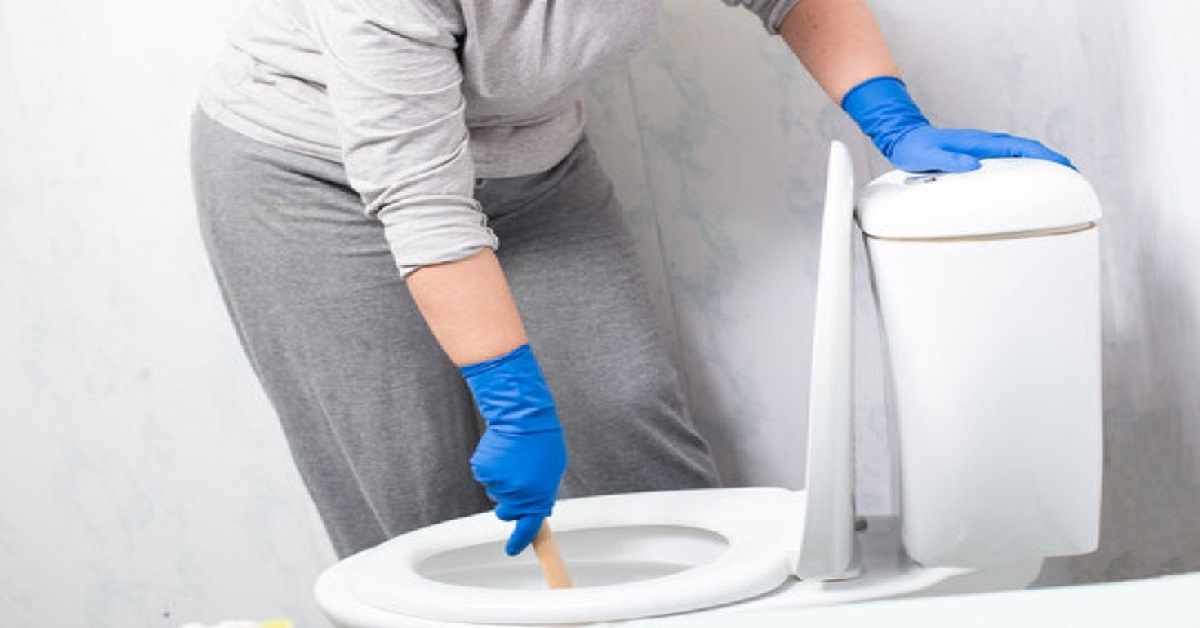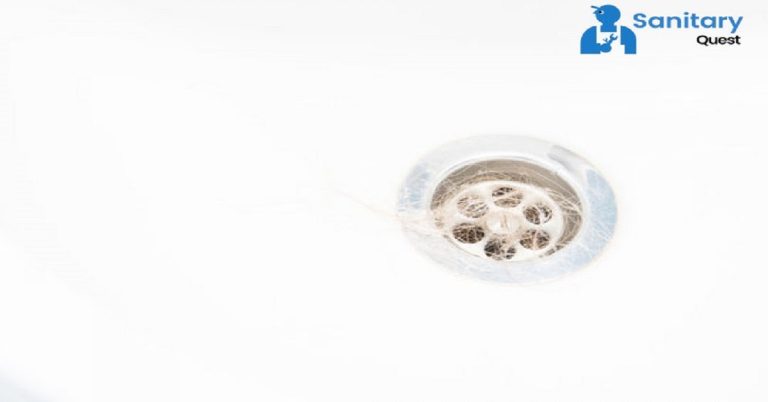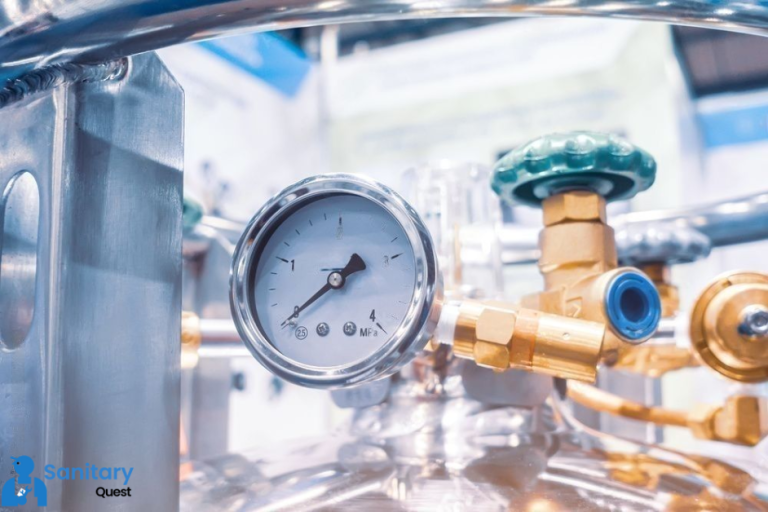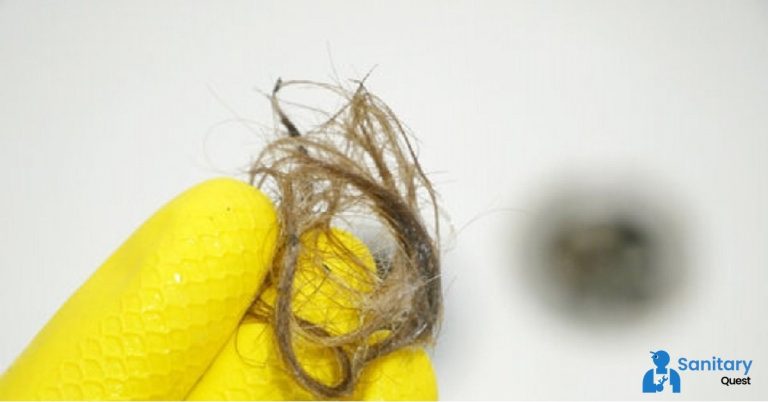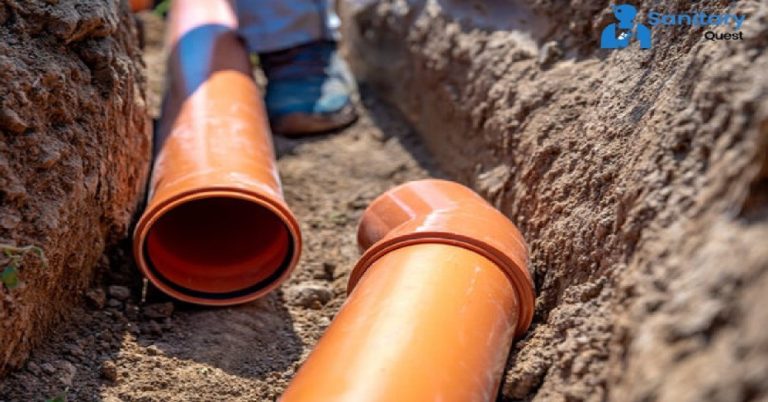How to Unclog a Toilet Without a Plunger?
If all goes according to plan, all it takes to clear and unclog a toilet is a quick trip to the hardware store for a flange plunger and two minutes of your time. However, if you don’t have a plunger handy, what should you do if your toilet is clogged? Perhaps you have recently relocated to a brand new home. Perhaps you’re over at a friend’s house who doesn’t have a plunger. Is the plunger the only method for unclogging a toilet, or are there other options?
To your relief, unclogging a toilet without the use of a plunger isn’t as difficult (or as unpleasant) as you might think. In fact, there are a few surprising, simple ways to clear even the most stubborn clogs without the use of a plunger. The following are the most effective methods for unclogging a toilet, listed in the order in which you should try them:
1 How to Unclog a Toilet With Hot Water
To begin, get a large bucket filled with boiling water. Note that although you want it to be hot, it should not be boiling. If boiling water is used in the toilet bowl, the porcelain is likely to break. Instead, fill a bucket to its brim with the hottest water that can be obtained from your tap. Pour the hot water into the bowl of the toilet until it is almost completely full, then wait for it to cool down.
Because of the heat, any solid waste should be broken down sufficiently so that it can be flushed down the toilet. If this doesn’t work, there’s no need to become frustrated; just try one of the other options. The so-called “hot water toilet trick” is really the first step in the process.
2: Use Dish Soap to Unclog the Toilet
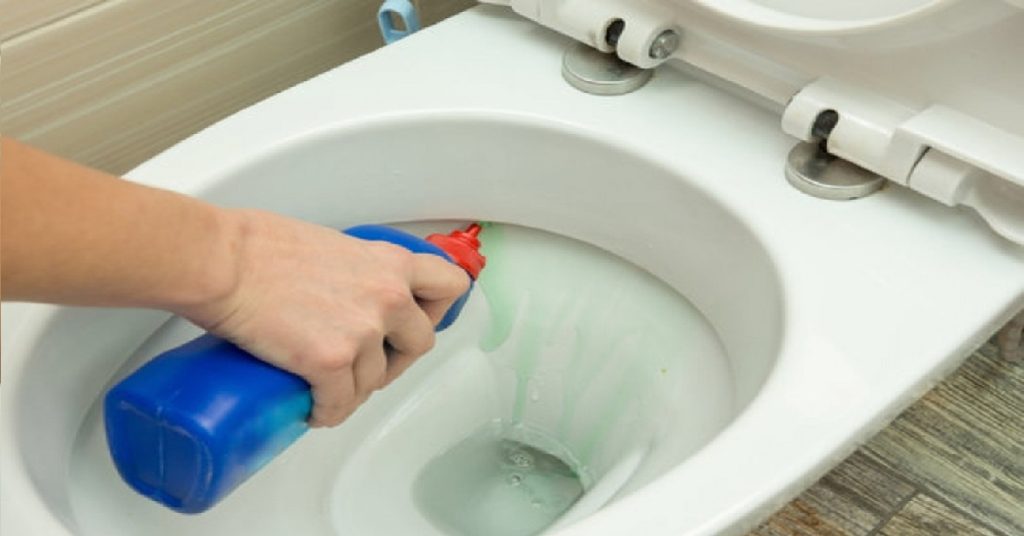
Put a significant amount of dish soap in the bowl of the toilet. Use a product with a strong ability to cut through grease, such as Dawn. Hold off on moving it for about a quarter of an hour. The soap will assist in the process of dissolving any solids. Additionally, it will lubricate the bowl as well as the pipes, which will make it simpler for the clog to slide down the pipes and into the drain.
After you have flushed the dish soap down the toilet, you should give the “hot water trick” another shot. Once again, let the mixture sit for about half an hour after adding a kettle of warm (but not boiling!) water to the bowl.
After you have given the water and soap some time to work their way through the clog, try flushing the toilet again. If the issue is not resolved after that, try carrying out these steps once more or putting dish soap in the toilet and letting it sit there for the night.
3: Epsom Salt to Unclog Toilet
You are in luck if you happen to have some Epsom salt lying around. The addition of Epsom salt to water causes a chemical reaction, which results in the water beginning to foam and bubble as the salt dissolves. The fizzing and bubbling can help a lot when it comes to getting rid of the blockage.
Put a significant quantity of Epsom salt in the bowl of your toilet. After waiting fifteen minutes, you can then attempt to flush it. After the initial round of flushing, you should start to see favorable outcomes. For the sake of full coverage, you can also consider combining this method with the “hot water trick,” which involves dish soap.
4: Use a Wire Hanger or Toilet Brush
This is the most straightforward approach to removing a blockage. If applying heat and making chemical reactions haven’t worked, it’s time to jump right in. If you don’t have a toilet brush handy, you can always unfold a wire hanger and use that instead. Insert the implement of your choice into the bowl of the toilet and move it about in the opening while doing so.
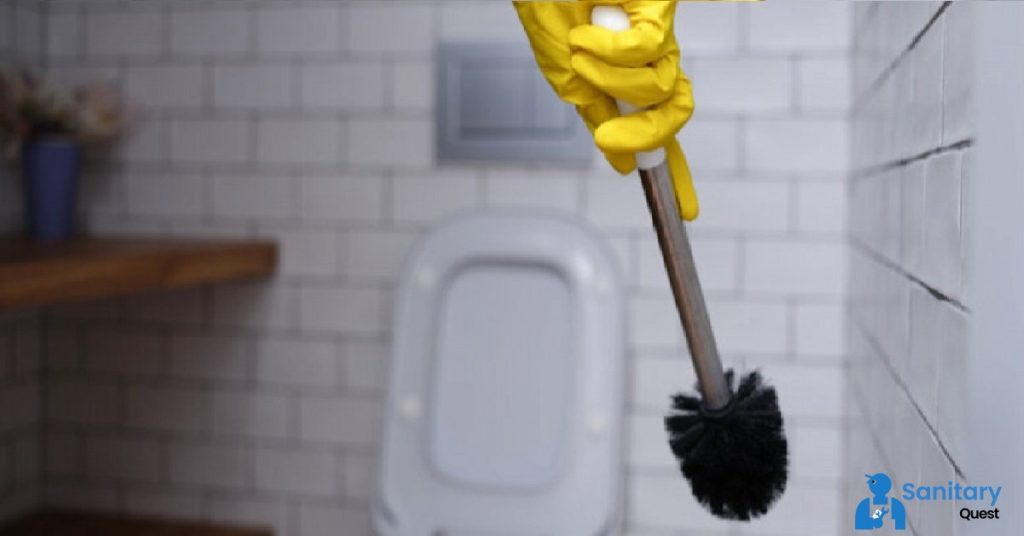
For this task, we strongly suggest that you wear gloves to protect your hands because the blockage may be unpleasant. While you are working, you must exercise extreme caution so that the toilet bowl is not harmed inadvertently. Wire hangers can quickly damage porcelain if they are handled too roughly or with too much force.
5: Buy a Toilet Plunger
I am crossing my fingers that you were successful in clearing the blockage in the toilet. There are a few things you need to take care of now that it is functioning properly.
First things first: find yourself a flanged plunger and purchase it. These methods don’t require a plunger, so they can get the job done in a pinch, but they can’t take the place of the real thing.
The second step is to identify the cause of the clog in the first place. Is this something that occurs frequently? If it happens, it could be an indication that there is a more major issue with the plumbing in your home.
6: Call Your Local “Smell Good” Plumber
Even with the use of a plunger, it is possible that drain clogs cannot be removed without the assistance of a professional. Sometimes, more serious plumbing problems cause frustrating clogs and other problems to happen all the time. In any scenario, it would be best to get in touch with the knowledgeable staff at Mike Diamond. We are going to investigate the plumbing in your home in order to determine the cause of the clogs that you are experiencing. We can help you put off buying a new plunger for a long time.
FAQs
Q1: How do you unclog a toilet without a plunger?
Here are a few methods to try:
One approach is pouring hot water into the toilet bowl from waist height, which can help dislodge the blockage. Another option is using dish soap; squirting a good amount into the bowl and letting it sit for a while can help break down the clog. You can also try using a wire coat hanger—unravel it and use it to break up the blockage, although this method needs to be done carefully to avoid damaging the toilet.
Q2: What can you use to clear a toilet blockage?
To clear a toilet blockage, you can use a few different items. Hot water poured from a height can sometimes dislodge the clog. Another option is pouring dish soap into the bowl and letting it sit for a while, which might break down the blockage. Some people use a mix of baking soda and vinegar to dissolve the blockage.
Q3: Can a toilet clear itself without a plunger?
Sometimes, toilets can clear a minor blockage on their own. For instance, if the clog isn’t too severe, adding hot water or dish soap might help break it down, allowing the toilet to clear the blockage without the need for a plunger. However, for more stubborn clogs, a plunger or other methods might be necessary to fully unclog the toilet.
Q4: How do you unclog a toilet quickly?
One swift method is to pour hot water into the bowl from waist height. This can help break down the blockage and clear the toilet swiftly. If that doesn’t work, trying dish soap or a mix of baking soda and vinegar could also help dissolve the clog, offering a quick solution.

